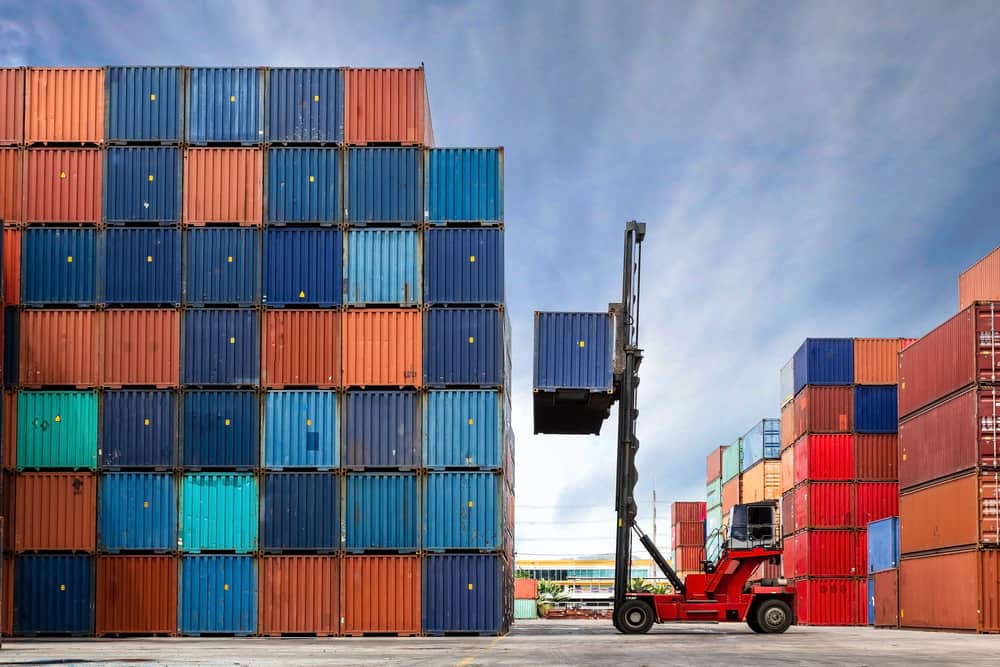If you ship goods, freight costs are a significant part of your company’s expenses. Choosing the best mode of transportation for your company, understanding how cargo is moved through the supply-chain, and improving supply-chain visibility, will all help you to save money.
1. Don’t categorize every shipment as urgent.
Whether you’re shipping internationally or nationally, it’s important to do your research and find the best options. It’s important to know which shipping method will be most cost-effective.
Ask yourself: What are current freight market trends? What should you be aware of within the current market?
Make sure your logistics provider is informed on current and upcoming market news, such as a general rate increase (GRI) or upcoming unexpected market changes. For example, at times, freight rates reach their peak season, like prior to Chinese New Year. During this time, all ocean carriers work with full capacity because many importers rush their goods before China closes for a long holiday.
Overall, make sure you are aware of the market – managing your production time before the peak season, and shipping your cargo when freight rates are lower, can save you a lot of money.
2. Maximize your loads.
The more boxes/products you load in an ocean container, the less you pay for each product. Ocean carriers charge per-container from point A to point B. You pay for the container, so you should max out the available space in your container. There is a small ocean freight cost difference between 20″ and 40”/40HQ. Using a 40HQ container instead of a 20” one is a big savings, since you can double the product you are loading with just a small cost difference.
The 4 most-common container sizes used for ocean transportation are 20″, 40″, 40HQ, and 45HQ. Below is the typical estimated CBM you can fit in to a container:
20” – 27 CBM
40” – 57 CBM
40HQ – 67 CBM
45HQ – 78 CBM
3. Buy FOB.
When you buy FOB, you control the freight and freight cost. You will have a better chance of locking in a more competitive rate. If your term is CIF, then it is your supplier’s responsibility to arrange freight to the destination port. If the supplier pays the freight, they will add the cost of transportation on top of the product selling price. Why not take control of the freight since it will be part of your landed cost?
4. Choose the right transportation method.
You can use a mix of transportation if necessary. Combinations of air, ocean, and ground transportation can prove to reduce transportation time, while reducing cost. International transportation can be a complex mode of serious shipping, or it can be a simple way of moving cargo from point A to point B. Choosing the most cost-efficient and timely transportation mode is critical. The most common methods of freight transportation are air, ocean, truck + air, and ocean + rail. Discuss these different options with your logistics partner to ensure you are shipping your cargo at the lowest overall cost.
5. Consolidate your cargo.
This is important if you are buying small amounts of products from different suppliers and if each supplier doesn’t have enough orders to fill a container. At every origin port, your logistics provider can offer a consolidation service where they can club various suppliers’ products into a full container load. This way you can avoid shipping LCL (see below for why LCL is costly) and can maximize your container load. Sometimes, it is beneficial to ask one of your suppliers to truck the goods to a different location where you have the most cargo shipping, and consolidate with those. While you are paying extra for trucking costs, you might save big on ocean costs by avoiding LCL loads. Your forwarder can always guide you through freight cost calculation.
6. Ship FCL and try to avoid LCL.
In some cases, it might not be possible to avoid shipping LCL. LCL is commonly used if you don’t have enough cargo to fill a container load. Once you ship LCL, you share the container with other importers. As a result, there are more add-on costs as the container needs to go to a container freight station (CFS) to be split. Make sure to discuss this with your logistics partner. Based on how much cargo you have, there is always a breaking point where an LCL or FCL shipment may be less costly for you.
7. Work with a reliable logistics partner.
Is your logistics partner securing the best pricing with truckers, air freight companies, and steamship lines? Does your logistics partner have multiple ocean carrier contracts? If your logistics partner has more than one carrier option, the chance of your cargo getting on board in the most cost-efficient way will be higher. Your logistics partner can always find an alternate option if they have various carrier contracts.
8. Work with logistics companies who can provide supply-chain visibility.
The goal of supply-chain visibility is to improve lead times and performance. Having visibility at each level of your transportation chain from suppliers to customers will help you to react more quickly to problems. This will save you time and money in the future.




